Phone:
Fax:
720-779-3201
Hours
Services

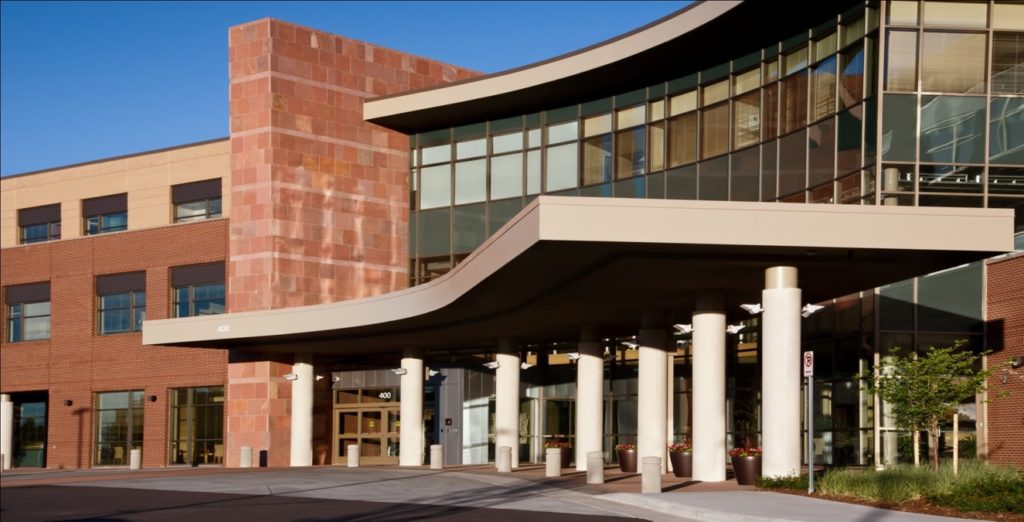

Tap services to view more information
A 1.5T Highfield MRI offers a high tesla strength to produce images with great quality and highly-details allowing your physician to make an accurate diagnosis. A Highfield MRI machine is open on both ends and is flared on the sides to increase the magnetic strength and features a 60 inch opening. Our fastscan technology reduces imaging scan times without sacrificing image quality so patients can get their scan completed and back to their life quickly.
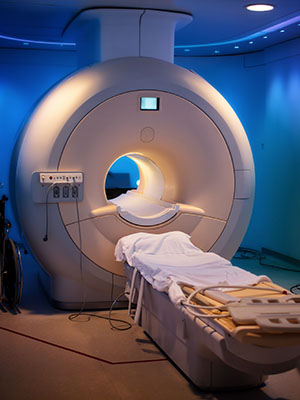

Our 1.5T Wide Bore MRIs mean you no longer have to sacrifice quality for comfort. Wide-bore MRIs feature a larger, 70-centimeter opening offering more space—a benefit to larger patients or those with claustrophobia. The powerful magnet and fastscan technology of the 1.5T wide-bore MRI provides more accurate results than an open MRI, with shorter scan times and clear, crisp images.
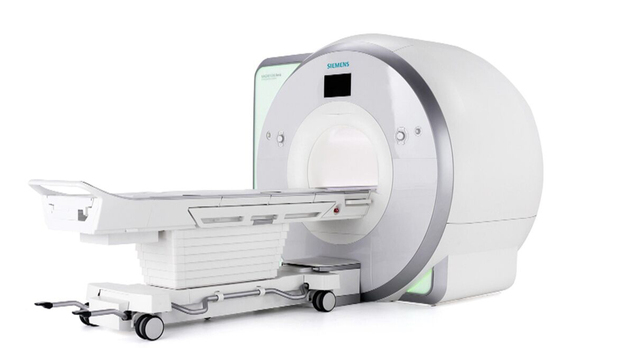

3D mammography, or tomosynthesis, is an advanced x-ray technology that takes multiple images of breast tissue to create a 3-dimensional picture of the breast. It differs from traditional mammography in that traditional mammography yields only a single image. A 3D image of the breast allows for better assessment of masses and reduces the likelihood of a false positive or an unnecessary biopsy.
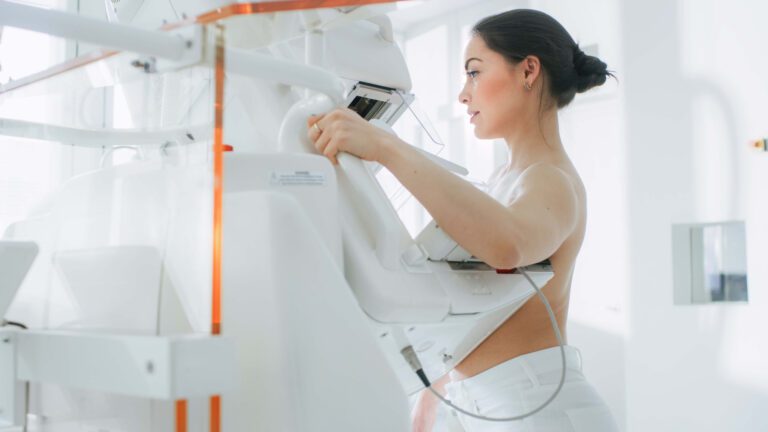

An 3T MRI produces a high-powered magnetic field. A 3T is one of the highest-powered MRI machines and meets special considerations or protocols to fulfill certain diagnostic criteria for the referring physician. The 3T MRI produces clear images ideal for imaging small bones, breast tissue, musculoskeletal structures, spine, and vascular flow. The large 70cm bore opening enhances patient comfort to reach a wider range of patients including larger bodies and those who struggle with claustrophobia.
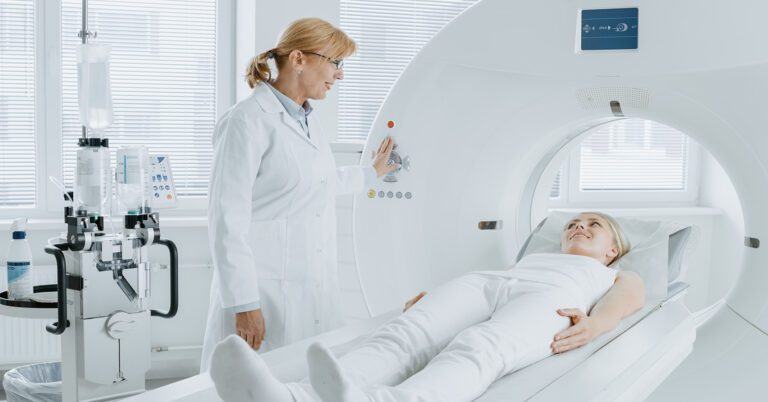

Touchstone’s 64-slice CT provides state-of-the-art technology at a fraction of hospital prices.
The modern open design allows for excellent patient comfort while delivering up to 64 slices with faster scanning, fewer motion artifacts, and shorter breath-hold times.
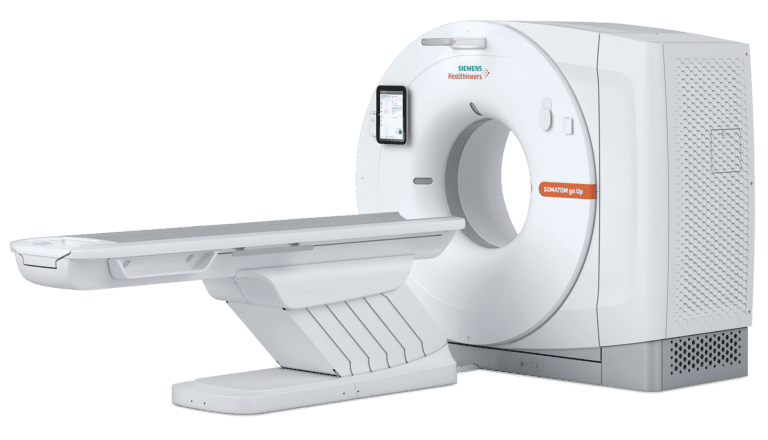

ABUS Breast Cancer Screening uses sound waves to create 3D pictures of the breast tissue. ABUS breast cancer screening technology is specifically developed and FDA-approved for women with dense breast tissue.
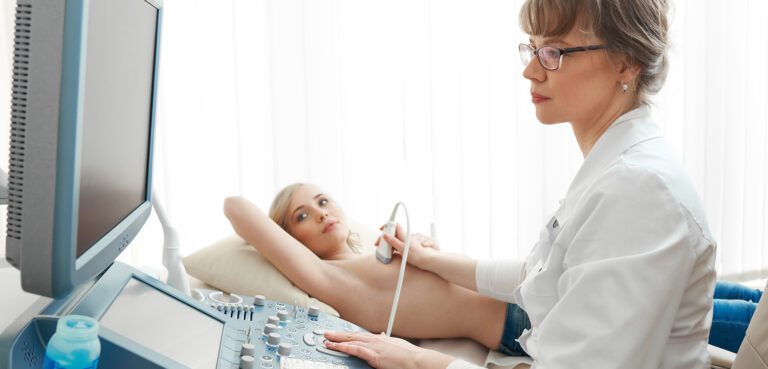

An arthrogram provides more detailed information about your joints than a traditional x-ray, CT, or MRI can provide. A traditional scan can’t always pinpoint the problem because it is difficult to visualize some areas of the joint. An arthrogram is an imaging procedure that uses the injection of contrast in the joint and then uses x-ray, CT, or MRI to capture images that highlight various tissues in greater detail. Your provider is able to evaluate for small tears in tendons and ligaments or slight dislocations.
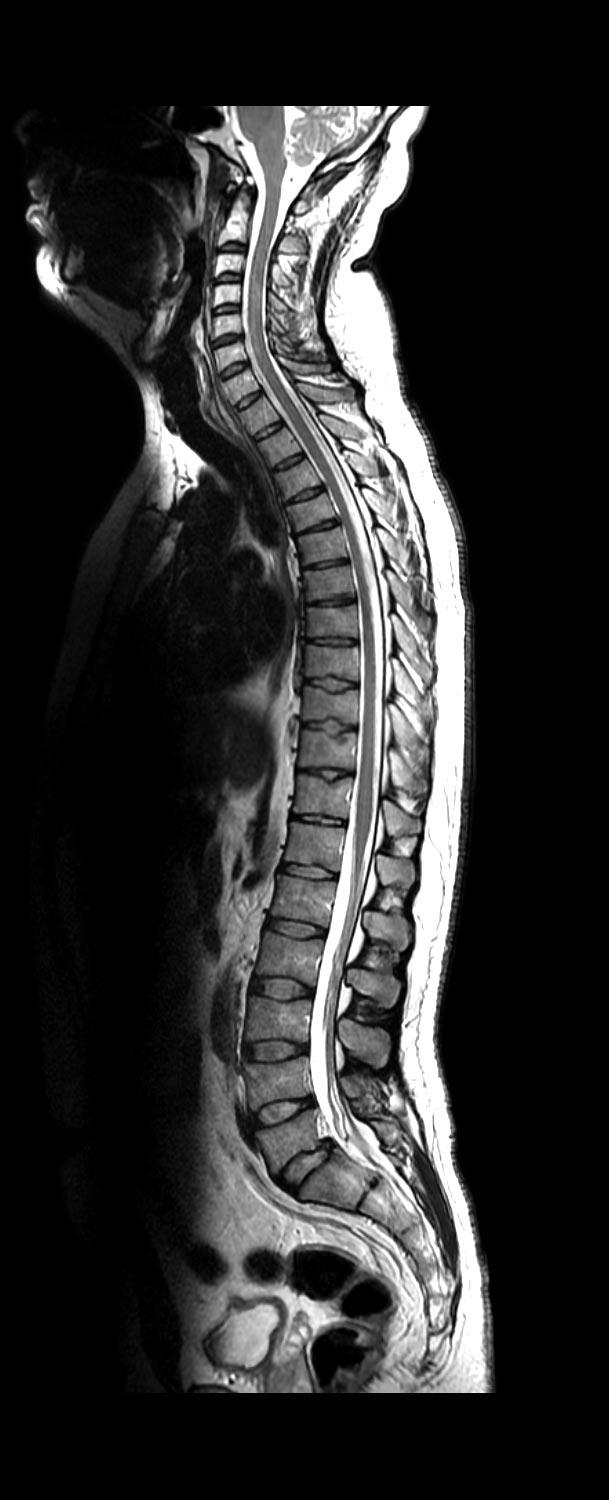

Coronary Calcium CT – also called Cardiac Scoring – measures calcified (hard) plaque inside the arteries that can grow and restrict blood flow to the muscles of the heart identifying potential Coronary Artery Disease (CAD) before you have symptoms.
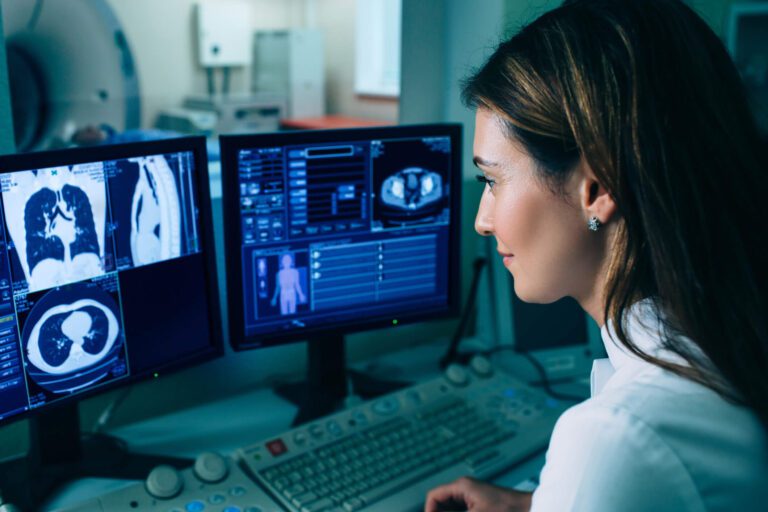

A CT scan, also known as a CAT scan or Computed Tomography, is a special kind of X-ray that takes pictures of a cross-section of a part of your body. CT scan images provide more detailed information than traditional X-rays are able to. CT scans are used to quickly examine people who may have internal injuries and may be used to observe internal organs and tissues of the body to diagnose disease or injury.
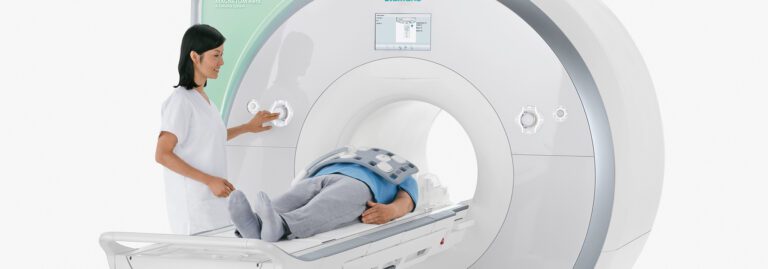

Bone density scanning, also called dual-energy x-ray absorptiometry (DEXA) or bone densitometry, is an enhanced form of x-ray technology that is used to measure bone loss, also known as osteoporosis. Because calcium in bones more readily accepts radio absorption, a bone scan easily identifies weakened areas and can measure the amount of calcium and other minerals in your bones and can detect stress fractures.
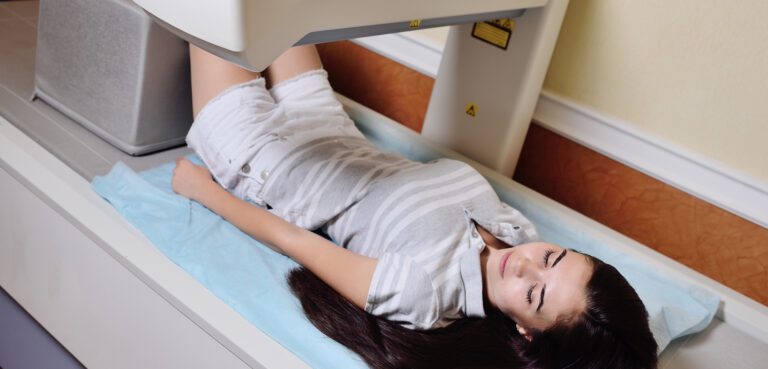

Fluoroscopy uses injected contrast dye and an X-Ray machine to take a continuous series of X-rays instead of individual snapshots. It is most commonly used to evaluate parts of your body that are moving in order to create a short video of your body system in motion. It is particularly useful for observing the digestive, urinary, respiratory, and reproductive systems and their functioning.
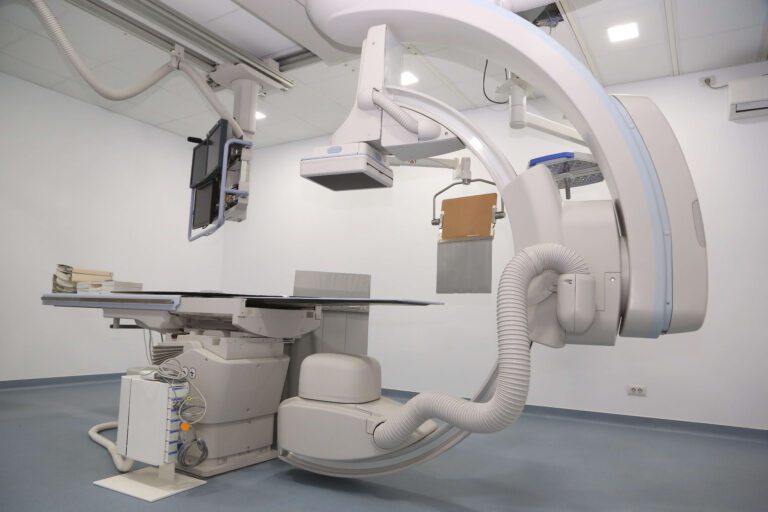

Mammography is the process of using low-energy X-rays to create images of the internal tissues of the human breast — a mammogram. The images are used as a diagnostic and screening tool to assess masses. A specialized x-ray machine compresses the breast to give a more thorough and accurate capture of the dense breast tissue. The goal of mammography is early detection of breast cancer, ideally as early as two years before a lump can be felt on a manual exam.
We offer screening and diagnostic mammography as well. A screening mammogram is a wellness exam that is covered annually by most insurance plans. It is recommended that women 40 years and older have a screening mammogram performed annually. If you are 40 years of age and are without symptoms, call your local Touchstone mammography site to schedule your screening mammogram. You DO NOT need an order from your primary care physician for a screening mammogram, however, Touchstone requires a treating physician to send your screening mammogram results to.
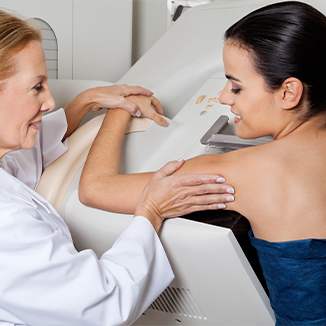

A myelogram is a specialized fluoroscopy, performed by a radiologist, that uses an injection of contrast medium into the space around the spinal cord to highlight the spinal cord and spinal nerves. A myelogram is particularly useful for those patients who cannot undergo an MRI for assessing spinal for disc abnormalities, nerve roots issues, and other spinal tissue concerns.
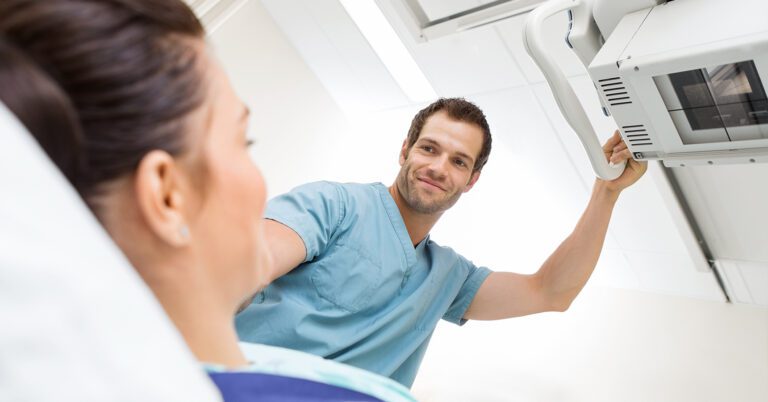

Specialty post processing technology used for brain MRI to assess brain volume and atrophy for neurological diseases including dementia, Alzheimers, seizures, MS lesions and Traumatic Brain Injuries.
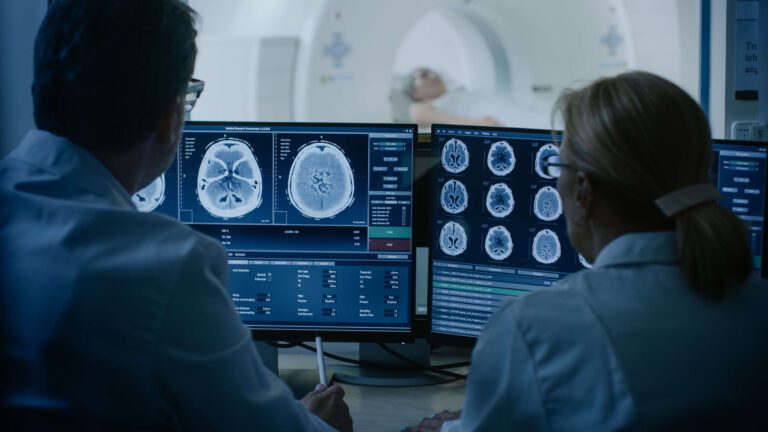

An Open MRI scanner is designed to benefit claustrophobic patients. The open back and sides provide increased comfort for larger patients or patients that simply do not feel comfortable in a traditional MRI machine.
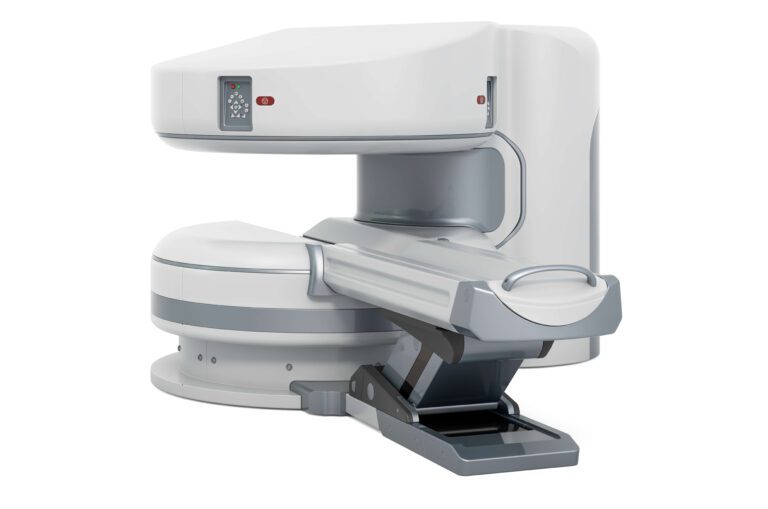

A PET/CT (Positron emission tomography) is a non-invasive exam that uses small amounts of radioactive materials called radiotracers to reveal how internal organs are functioning. The scan takes about 60 minutes and images are captured via CT as your body processes the radioactive material. This offers great insight into the root of the disease process or the source of symptoms.
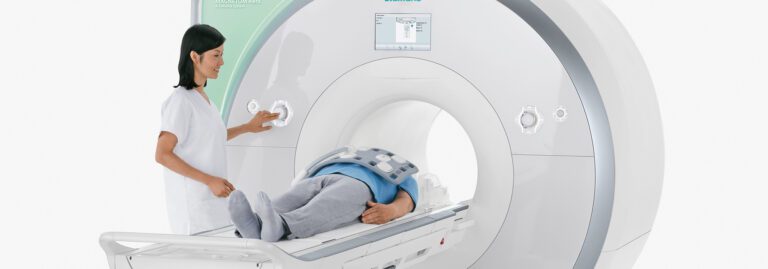

Ultrasound is a safe and painless procedure that is used to produce images of the inside of the body using sound waves. Ultrasound imaging, also called ultrasound scanning or sonography, involves the use of a small transducer (probe) and ultrasound gel placed directly on the skin. Ultrasounds are useful to scan internal organs, fetuses, and breast tissue.
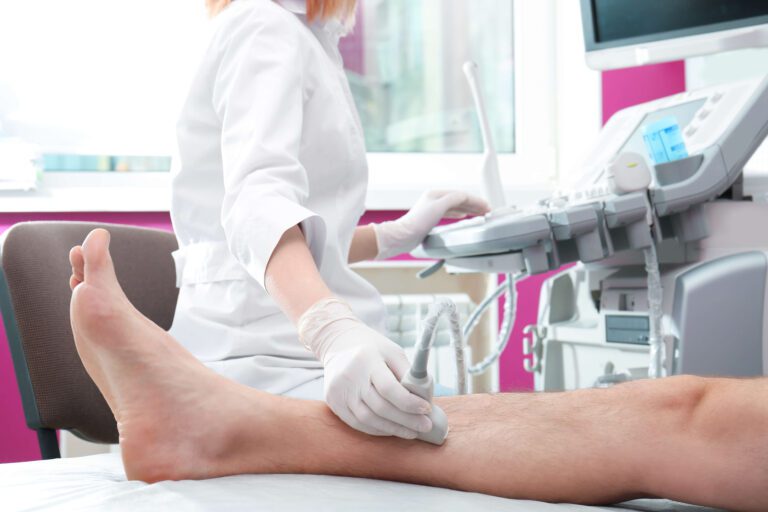

An x-ray (radiograph) is a quick, painless medical test that helps physicians diagnose and treat medical conditions. Radiography involves exposing a part of the body to a small dose of ionizing radiation called electromagnetic waves. The various body tissues absorb the radiation differently, creating different shades in an image to produce pictures of the inside of the body. Calcium in the bones absorbs radiation the most, so bones appear bright white while soft tissues absorb less and look gray. Air absorbs the least, so lungs and empty spaces appear black. X-rays are great for looking for broken bones or scarring in the lungs.
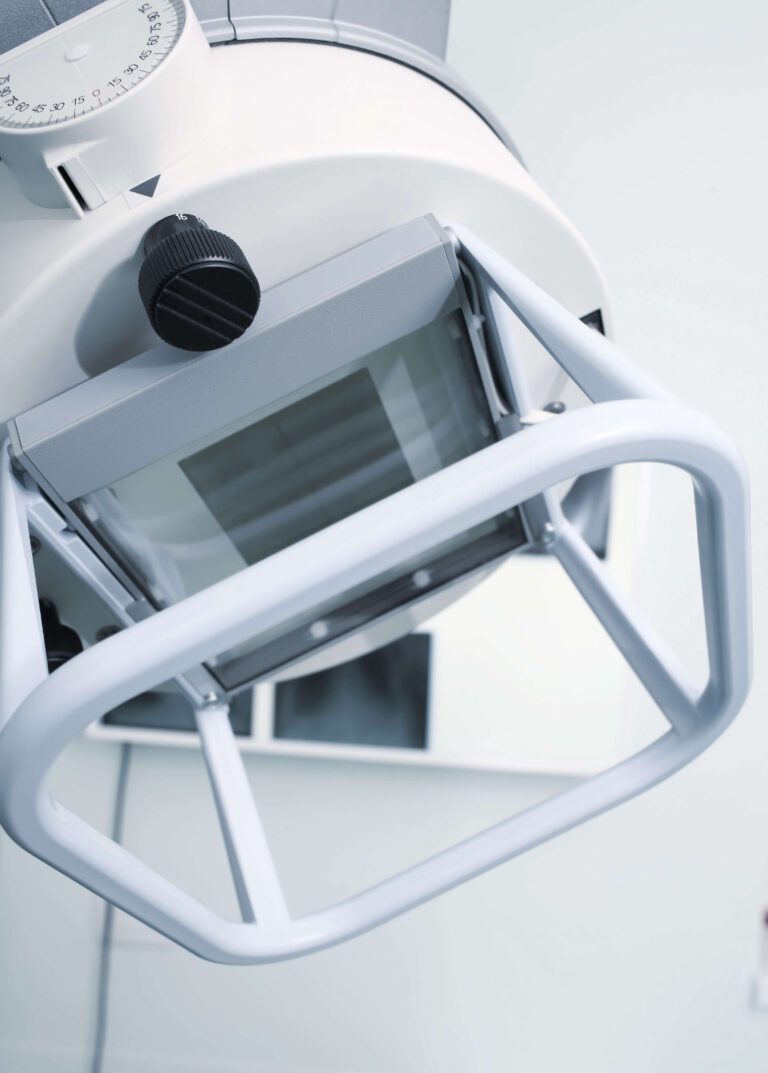



Learn how a chest CT scan can show the early signs of breast cancer, find out why early detection is so important, and see what to expect from your chest CT.


When your healthcare provider tells you that you have dense breast tissue, you might not know what exactly that means, or how it could impact


If you have a head injury, you should seek immediate medical attention, or call 9-1-1. A head injury is a serious medical condition that can
Our patients say it best. Touchstone Imaging provides welcoming, comforting outpatient facilities with friendly and helpful staff.









